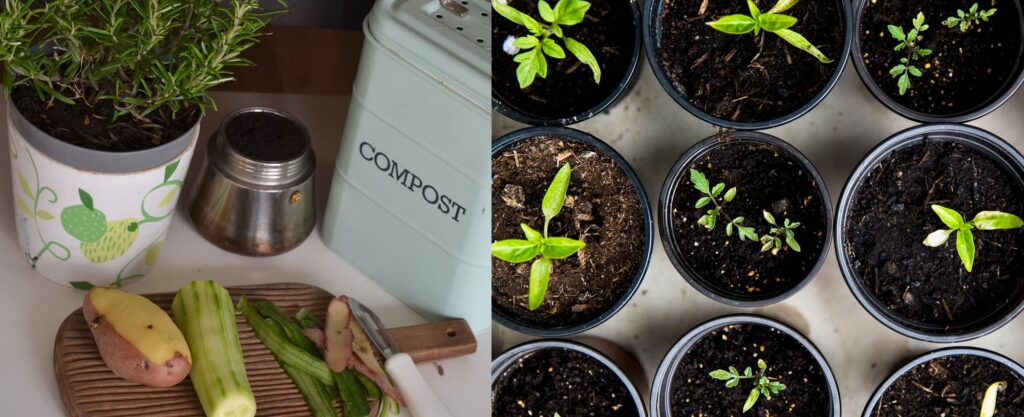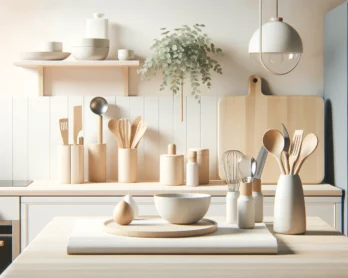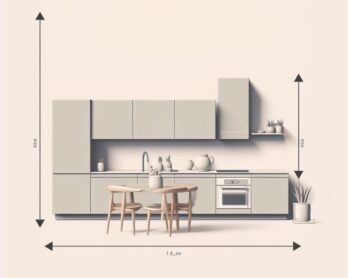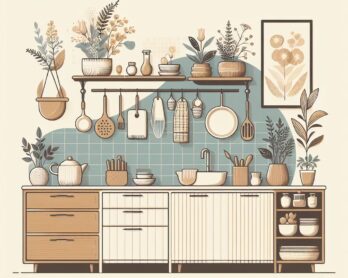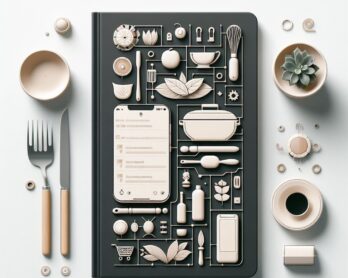Kitchen scrap gardens are growing plants from items you’d normally throw in your compost bucket.
There are four popular ways to cultivate vegetable plants. Including the use of water, pebbles, soil and the most obvious seed. Each method of cultivation works to coax roots from the seed, tuber or taproot. Which will sustain the plants throughout the growing season. Water is the best way to cultivate roots. Starts from tuberous plants such as potatoes as well as fruits that have large pits such as avocado, almonds or olives.
Pebble Cultivation
Pebbles, which create excellent drainage, work well for carrots or any plant that may have a tendency to rot from the moisture of the soil.
Saving Seeds
Seeds can be removed from a variety of common household vegetables such as peppers, beans, peas and even some fruits including tomatoes. It is important to note that hybrid plants will not produce viable seeds. There is a chance that even an organic heirloom plant seed will not produce as good a plant as the original. For this reason, harvest as many seeds as possible and start with more than enough to ensure that extra seedling will be available if some do not cultivate.
It is also important to choose the best produce possible when seeking seeds to harvest. Seeds should be sprouted in a sunny windowsill prior to transplanting. Wash the seeds before sprouting them in either a clear glass of water or a moist paper towel. The seed sprouts should be planted in pots. Then cultivated until the sprouts grow into seedlings with at least one set of true leaves. No matter how plants are rooted they should be started indoors and slowly allowed to grow accustomed to the cooler outdoor temperatures. This is called “hardening off.” It is important to transplant young plants only after they have adequate roots and temperatures are accommodating.
Water Cultivation
Although methods generally vary the best way to start plants in water is to submerge the bottom half of the pit or tuber in a clear container. Many gardeners and botany buffs take skewers inserted into the plant all the way around the circumference. In order to prop it on the lip of the container. Put the container in a sunny window. Allow the roots to grow approximately four to six centimeters before transplanting to soil. To use pebbles for moisture sensitive plants fill a container with clean pebbles. These can be found in most garden supply stores. Place the carrot top in the pebbles, fill in with more pebbles to allow the carrot to stand up-right. Fill the container with water up to the pebble line. Next keep the later level at this point until roots begin to generate.
Soil Cultivation
Soil starting plants very simple. For potatoes or other root stock that already has some sort of shoot on it place the shoot directly into the ground. For most weather zones potatoes, onions, garlic and other hardy root vegetables can go out as early as late February. Herbs such as garlic and ginger are somewhat expensive. However can easily be propagated from leftover pieces of the produce that would go into the compost pile. Allow herbs and other root stock to form shots before planting them.
Kitchen Scrap Gardens
Links:
How to make Compost – The Simplest Easy Method To Compost Piles!
| Image sources |
|---|

